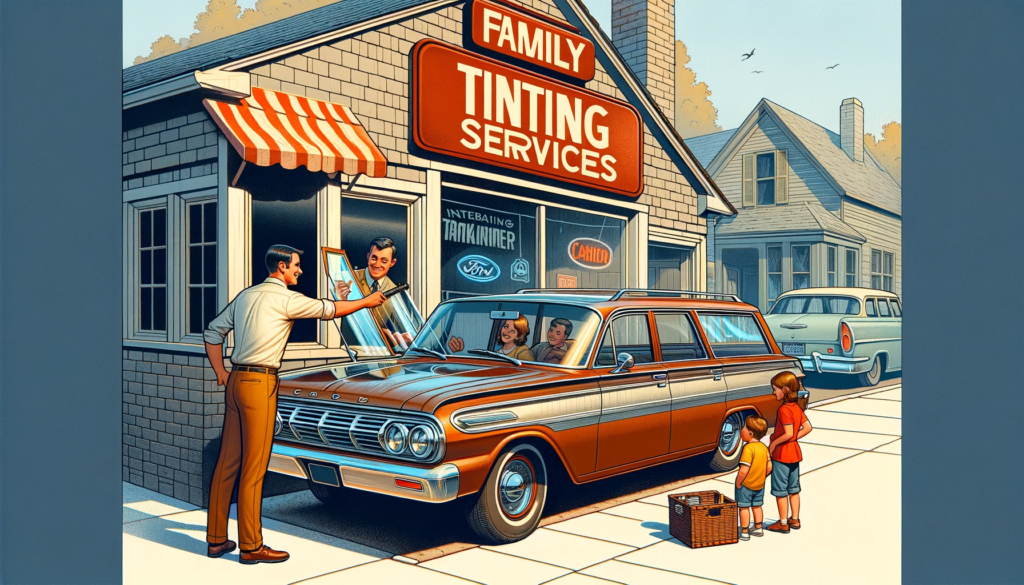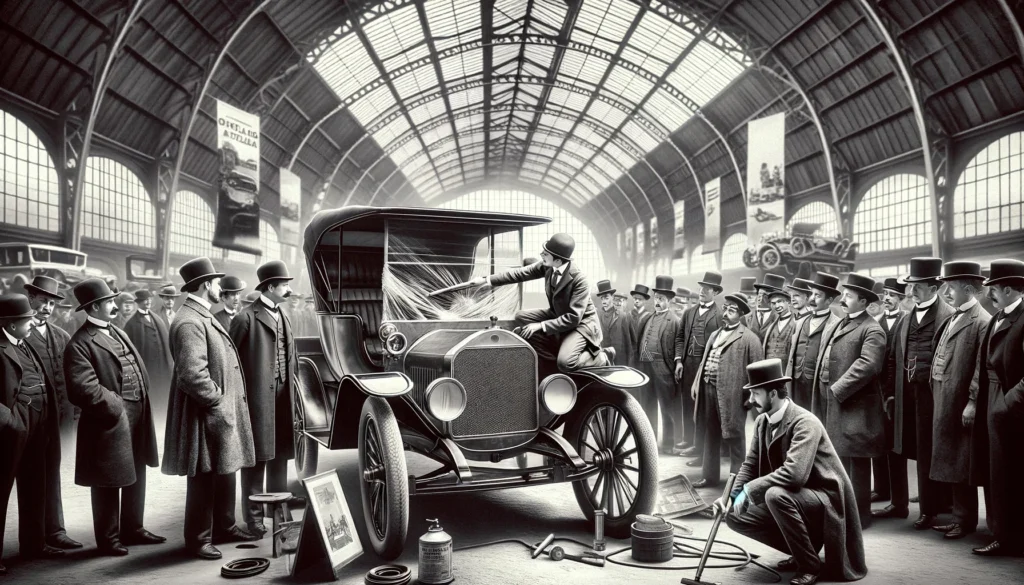- February 6, 2024
- By 60 Minute Website Challenge
- In windscreen maintenance, windscreen replacement, windscreens-tinting
- Tags glass repair, Service Areas, Windscreen repair near Earlwood
- 1
- 0

Are you tired of your windshield constantly getting foggy or having a blurry view when driving? Well, you’re not alone. Many car owners face these frustrating issues, but luckily, there’s a solution – windshield resealing. A properly sealed windshield not only keeps the view crystal clear but also prevents leaks and enhances the overall safety of your vehicle. However, like any DIY project, there are certain pitfalls that you need to be aware of before attempting windshield resealing. Whether you’re a rookie or an experienced DIY enthusiast, it’s important to steer clear of these common mistakes that can lead to disastrous results. In this comprehensive guide, we will delve into the world of windshield resealing and explore some of the most prevalent errors to avoid, ensuring you achieve a flawless and long-lasting seal. Imagine cruising down the highway, the sun shining through your crystal-clear windshield, with no obstructions to hinder your view. It’s a picture-perfect scenario every driver dreams of, but achieving it requires careful attention to detail and avoiding the all-too-common mistakes that can compromise the effectiveness of windshield resealing. So, if you’re ready to take matters into your own hands and achieve that picture-perfect view, join us as we unlock the secrets to a successful windshield resealing project. From choosing the right materials to mastering the technique, we’ll equip you with the knowledge and skills you need to avoid those pesky pitfalls and enjoy a clear, leak-free windshield for years to come. Let’s dive in and uncover the secrets to avoiding common mistakes in windshield resealing – your ticket to a safer and more enjoyable driving experience.

Before we dive into the common mistakes to avoid when resealing your windshield, it’s important to understand why this process is so crucial. A properly sealed windshield not only ensures a clear view while driving but also plays a significant role in maintaining the structural integrity of your vehicle.
Over time, the sealant around your windshield can deteriorate due to exposure to harsh weather conditions, UV rays, and general wear and tear. This can lead to several issues such as water leaks, wind noise, and even compromised safety in the event of an accident. By resealing your windshield, you create a barrier that prevents water from seeping into your vehicle and damaging its interior components.
In addition to protecting against leaks, resealing your windshield also helps maintain its clarity. Over time, dirt, debris, and pollutants can accumulate between the glass and sealant, resulting in a hazy or blurry view. By removing the old sealant and applying a fresh layer, you eliminate these obstructions and enjoy a crystal-clear view of the road ahead.

Now that you understand why windshield resealing is important let’s discuss how to choose the right materials for this project. Using high-quality materials is essential for achieving a long-lasting seal that withstands various weather conditions.
The first step is selecting the appropriate sealant for your specific vehicle make and model. There are different types of sealants available on the market such as silicone-based or urethane-based sealants. It’s crucial to consult your vehicle’s manufacturer guidelines or seek professional advice to ensure you choose the right type of sealant that adheres well to both glass and metal surfaces.
In addition to choosing the right sealant, you’ll also need to gather the necessary tools for the resealing process. These may include a windshield removal tool, a utility knife, cleaning supplies, and a caulking gun for applying the sealant. Investing in high-quality tools will make the resealing process easier and more efficient.

Before applying the new sealant, it’s crucial to properly prepare your windshield to ensure optimal adhesion and longevity of the seal. Start by thoroughly cleaning both the interior and exterior surfaces of your windshield using a glass cleaner or mild detergent.
Next, inspect the windshield for any signs of damage or chips. If you notice any cracks or chips, it’s best to have them repaired before proceeding with the resealing process. Ignoring these issues can lead to further damage and compromise the effectiveness of your seal.
Once your windshield is clean and free from any damage, use a razor blade or utility knife to carefully remove any remaining traces of old sealant. Be cautious not to scratch or damage the glass during this step. After removing all traces of old sealant, use a lint-free cloth to wipe away any debris or residue.
One common mistake that many DIYers make when resealing their windshields is insufficient cleaning. It’s essential to thoroughly clean both sides of your windshield before applying the new sealant.
If there is dirt, grime, or residue left on the glass surface, it can prevent proper adhesion of the new sealant and compromise its effectiveness. Take your time during this step and ensure that all surfaces are clean and free from any obstructions.
In addition to cleaning the glass surface itself, don’t forget to clean the surrounding areas such as the frame and molding. This will help create a seamless seal and prevent any gaps or leaks.
Now that your windshield is clean and prepped, it’s time to apply the new sealant. Mastering the technique of applying the sealant correctly is crucial for achieving a flawless and long-lasting seal.
Start by loading the chosen sealant into a caulking gun. Apply steady pressure on the gun’s trigger while moving it along the edge of your windshield. Be sure to maintain a consistent bead of sealant without any gaps or breaks.
As you apply the sealant, use a plastic scraper or your finger to smooth it out and ensure even coverage. This will help create a secure bond between the glass and metal surfaces, preventing any water or air leaks.
Continue applying the sealant around the entire perimeter of your windshield until you have a complete, continuous bead. Take your time during this step to ensure accuracy and precision.
Using the wrong type of sealant is another common mistake that can compromise your resealing project. As mentioned earlier, different vehicles require different types of sealants based on their make and model.
Using an incompatible sealant can lead to poor adhesion, premature deterioration, or even damage to your windshield. Always refer to your vehicle’s manufacturer guidelines or consult with an expert before purchasing and applying any sealants.
After applying the new sealant, it’s crucial to allow sufficient drying time before using your vehicle again. Rushing this step can result in a compromised seal and potential leaks.
Refer to the manufacturer’s instructions for the recommended drying time. Factors such as temperature and humidity can affect the drying process, so it’s important to follow the guidelines provided.
Avoid driving or exposing your vehicle to heavy rain or extreme weather conditions until the sealant has fully cured. This will ensure that your windshield resealing project is successful and long-lasting.
One of the most critical aspects of windshield resealing is ensuring a secure and leak-free seal. Failing to achieve this can lead to water leaks, wind noise, and potential damage to your vehicle’s interior.
To avoid this common mistake, carefully inspect the applied sealant for any gaps or breaks. Use a plastic scraper or your finger to smooth out any imperfections and ensure that the sealant forms a continuous barrier around your windshield.
If you notice any areas that require additional sealant, apply it accordingly. It’s better to be thorough during this step than risk future issues due to an incomplete seal.
Congratulations! You’ve successfully resealed your windshield and achieved a crystal-clear view. Now it’s time to maintain and care for your newly resealed windshield to ensure its longevity.
Regularly clean your windshield using a glass cleaner or mild detergent. Avoid using abrasive materials or harsh chemicals that can damage the sealant or glass surface.
In addition, inspect your windshield periodically for any signs of damage or wear. If you notice any cracks, chips, or gaps in the sealant, address them promptly before they worsen.
Windshield resealing is a crucial maintenance task that can enhance your driving experience and ensure the safety of your vehicle. By avoiding common mistakes such as insufficient cleaning, using the wrong sealant, and not allowing sufficient drying time, you can achieve a flawless and long-lasting windshield seal.
Remember to choose the right materials for your specific vehicle, properly prepare the windshield before resealing, and master the technique of applying the sealant correctly. By following these guidelines and maintaining your newly resealed windshield, you’ll enjoy a crystal-clear view of the road ahead for years to come.
Book your appointment now and get 10% discount.
And give us google 5 Stars feedback and get a free drink on us.
MAKE APPOINTMENT
